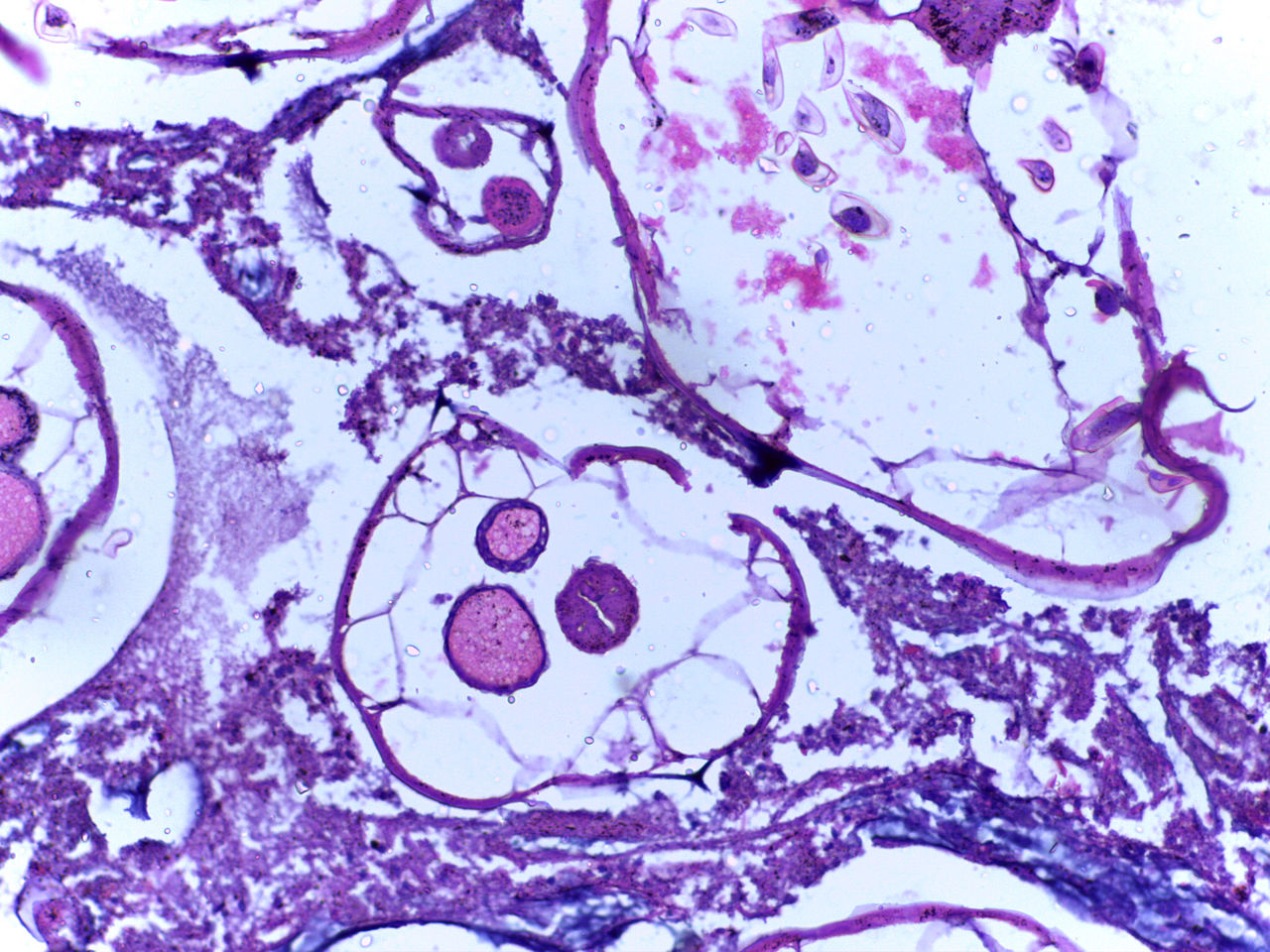

Adding a new dimension to the fight against kala-azar, a study has highlighted the need to keep track of patients even after they are treated successfully to see whether they develop a skin condition called post-kala-azar dermal leishmaniasis down the line

A popular vegetable helps in preparation of an effective nanoparticle-based formulation to treat Kala Azar, which is caused by Leishmania donovani. Researchers at the Indian Institute of Technology, Guwahati used Sechium edule or Chayote to prepare nanosilver particles that proved toxic to Leishmania. Nanosilver particles are tiny particles of silver and are known to be lethal to microorganisms.
Internet is huge! Help us find great content
Never miss a thing! Sign up for our newsletter to stay updated.
Research Stash is a curated collection of tools and News for S.T.E.M researchers
Have any questions or want to partner with us? Reach us at hello@researchstash.com